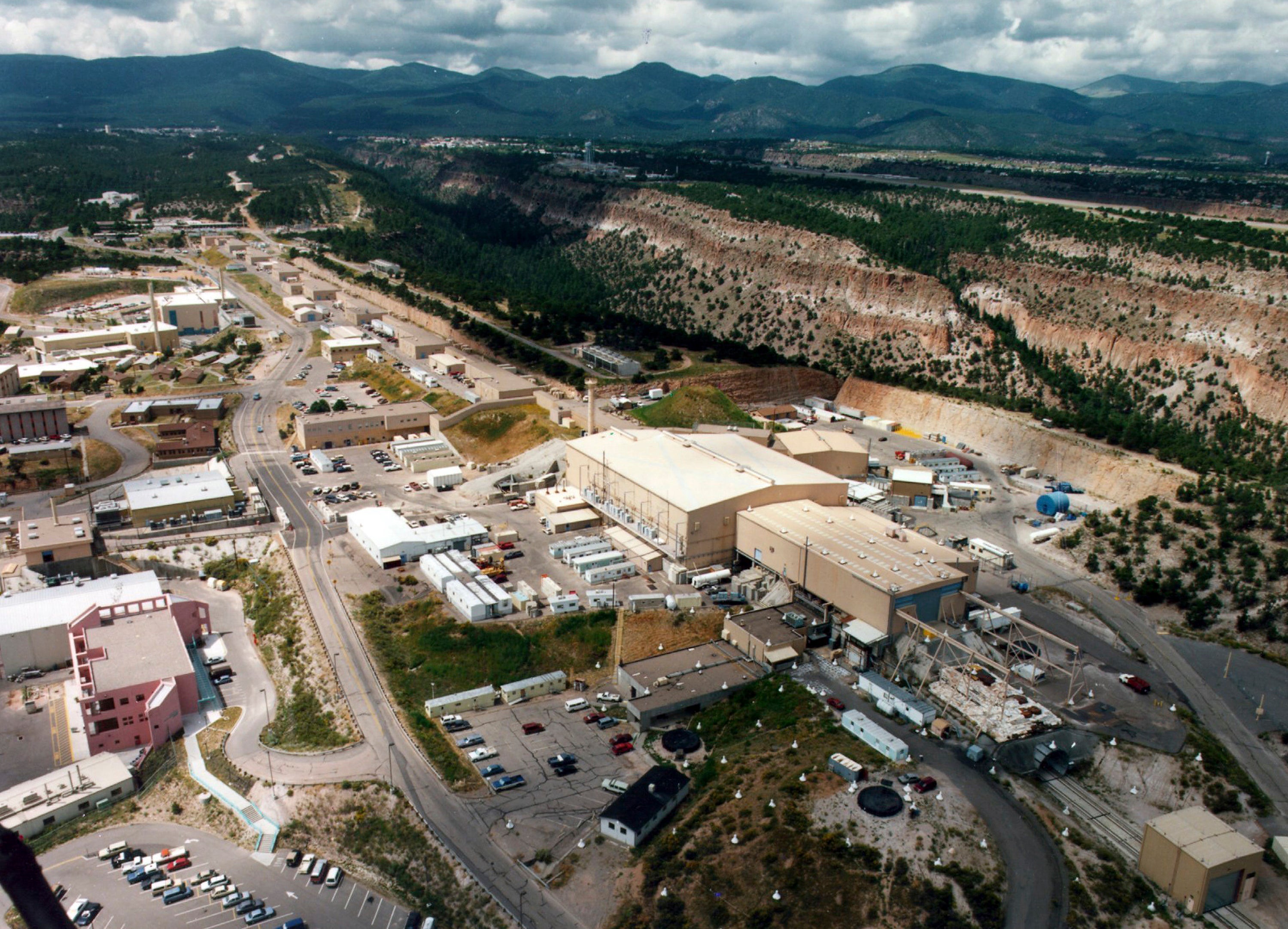US lab looks to boost power supply ahead of nuclear mission
The U.S. government plans to build a new transmission line and make other upgrades to ensure its northern New Mexico nuclear weapons laboratory has enough electricity for current and future missions

The U.S. government plans to build a new transmission line and make other upgrades costing hundreds of million dollars to ensure its laboratory in northern New Mexico has enough electricity for ongoing operations and future missions that include manufacturing key components for the nation's nuclear arsenal.
Officials have said one of the existing lines that feeds Los Alamos National Laboratory is expected to reach capacity this summer.
The other likely will hit its limit within the next few years amid more high-computing projects related to nuclear weapons design and performance and as work ramps up to build the plutonium cores that are used to trigger weapons.
The U.S. Energy Department's National Nuclear Security Administration announced Monday that it will work with federal land managers to assess the project’s potential environmental effects. A virtual public meeting is scheduled for May 6 and the public will have until May 21 to weigh in on the scope of the planned review.
The proposed transmission line would stretch more than 12 miles (19 kilometers), crossing national forest land in an area known as the Caja del Rio and spanning the Rio Grande at White Rock Canyon. New structural towers would need to be built on both sides of the canyon.
The project — which could cost up to $300 million — also would require new overhead poles with an average span of 800 feet (244 meters), access roads for construction and maintenance and staging areas where materials can be stored.
Federal officials have said they plan to try to have the project avoid known biological, recreational, cultural and historical resources, such as the Camino Real Aldentro National Historic Trail. Another goal would be minimizing visibility of the transmission line from residential areas.
Part of the line would be built along an existing utility corridor, but a new path would have to be cut through forest land to reach an electrical substation.
The Los Alamos Study Group, a watchdog group that has been critical of the lab's expansion plans, reiterated concerns about the lack of an overall analysis of the cumulative effects that plutonium core production and more weapons work could have on the surrounding communities.
Greg Mello, the group's director, said no comprehensive information regarding the future of lab is available to the public, to local and state governments or to the immediately affected Native American tribes. He pointed to future land acquisition and site plans and other documents that have been redacted.
“This is a poorly-justified project, one we strenuously oppose," he said in a statement, adding that the electrical capacity the lab claims it needs is double what it has now and is premised on as-yet-unapproved programs and projects.
Environmentalists, residents and others have suggested that the lab tap into its scientific capabilities and consider other options such as superconducting transmission lines, battery storage and solar generation.
They point to the project as an opportunity to move the state close to reaching mandates of electricity generation being carbon-free over the next two decades.
They also voiced concerns about potential effects on the Caja del Rio, saying it encompasses wide Indigenous landscapes and is a scenic gateway to northern New Mexico.
The area has seen an increase in outdoor recreational use and it serves as a migration corridor for wildlife.